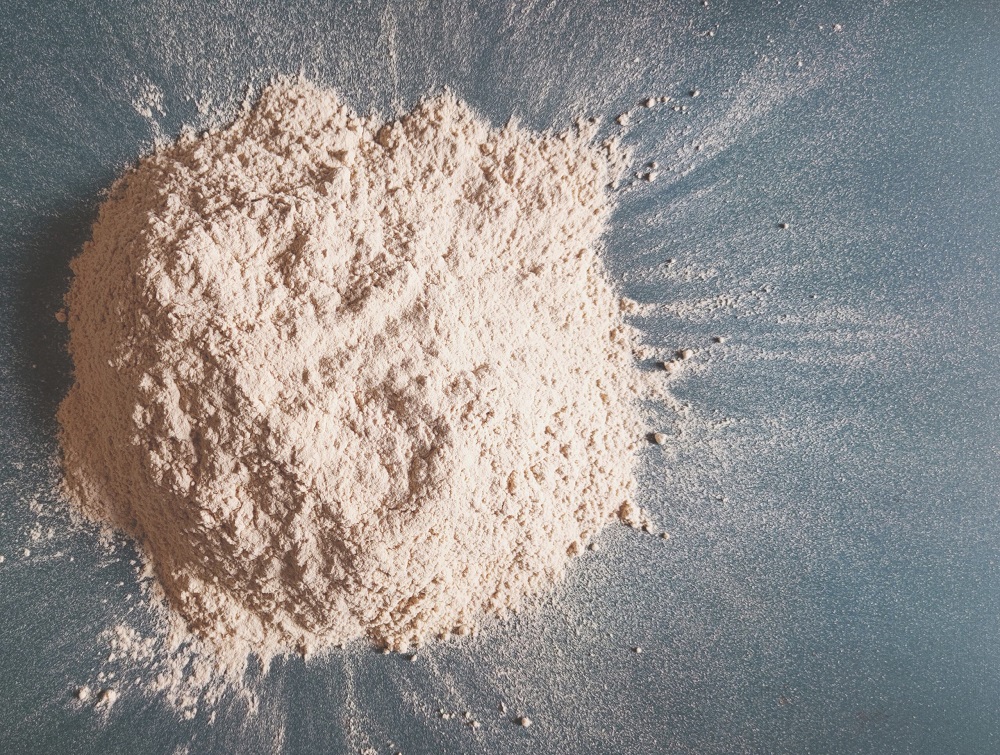Sorry, this entry is only available in Vietnamese.
(Tiếng Việt) Khám Phá Các Biểu Tượng May Mắn Đặc Trưng Của Nhật Bản
Sorry, this entry is only available in Vietnamese.
(Tiếng Việt) Làng Nghề Tò He Xuân La: Nơi Gìn Giữ Hồn Dân Gian Độc Đáo
Sorry, this entry is only available in Vietnamese.
(Tiếng Việt) 5S, 6S Nhật Bản: Những Quy Tắc Làm Việc Nổi Tiếng Của Người Nhật
Sorry, this entry is only available in Vietnamese.
(Tiếng Việt) 7 Vị Thần May Mắn Trong Thần Thoại & Văn Hóa Dân Gian Nhật Bản
Sorry, this entry is only available in Vietnamese.
(Tiếng Việt) Rượu Sake – Linh Hồn Và Nét Đẹp Của Văn Hóa Nhật Bản
Sorry, this entry is only available in Vietnamese.
(Tiếng Việt) Khám Phá Nghệ Thuật Đan Cỏ Tế Tại Làng Nghề Phú Túc
Sorry, this entry is only available in Vietnamese.
(Tiếng Việt) Độc Đáo Làng Nghề Kim Hoàn, Đậu Bạc Định Công
Sorry, this entry is only available in Vietnamese.
(Tiếng Việt) Mỗi Tỉnh Thành Nhật Bản Dẫn Đầu Về Sản Phẩm Gì?
Sorry, this entry is only available in Vietnamese.
(Tiếng Việt) Làng Nón Chuông: Bình Dị Lưu Giữ Nét Đẹp Văn Hóa Việt
Sorry, this entry is only available in Vietnamese.
(Tiếng Việt) Nhật Bản Xuất Khẩu Gì?
Sorry, this entry is only available in Vietnamese.
(Tiếng Việt) Những Sự Thật Thú Vị Về 12 Con Giáp Nhật Bản
Sorry, this entry is only available in Vietnamese.
- « Previous Page
- 1
- …
- 3
- 4
- 5
- 6
- 7
- …
- 11
- Next Page »



